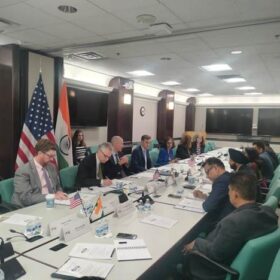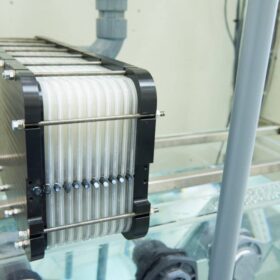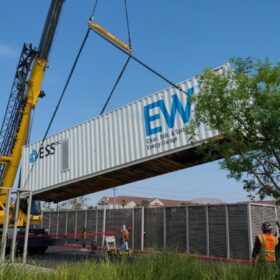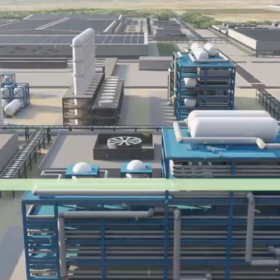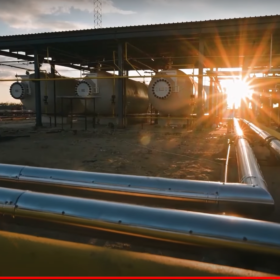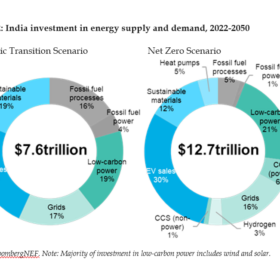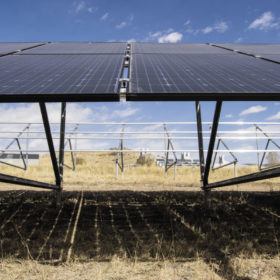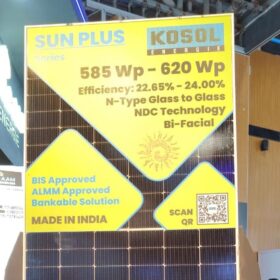Andhra Pradesh requires $10-15 billion to achieve green hydrogen capacity of 500 ktpa by 2030
Andhra Pradesh requires an estimated $10-15 billion to achieve 500 ktpa green hydrogen capacity by 2030. Around 70% of this investment will be needed to create renewable energy infrastructure such as solar and wind power generation plants, with the balance for electrolyzer capacity additions.
USA, India launch renewable energy technology action platform
The renewable energy technology action platform will initially focus on green and clean hydrogen, wind energy, long-duration energy storage, and exploration of geothermal energy, ocean/tidal energy and other emerging technologies.
Redesigned zinc-air batteries ‘better’ than lithium, say Australian researchers
Researchers at Edith Cowan University in Australia have redesigned zinc-air batteries and have found the technology to be preferable to lithium-ion batteries – even for electric vehicles.
Australian coal plant tests iron flow batteries
Energy Storage Industries is delivering 1 MW/10 MWh of flow battery storage to the Stanwell Power Station in the Australian state of Queensland. The flow batteries are part of a new government-run clean energy testing “hub,” featuring hydrogen and additional workforce training programs.
Reliance chairman outlines plans for HJT solar modules, sodium-ion batteries
Mukesh D Ambani, the chairman and managing director of Reliance Industries, says the company aims to open a fully integrated solar gigafactory by the end of 2025. It also plans to initiate megawatt-level sodium-ion cell production by 2025.
Multi-day energy storage increases grid capacity by factor of 10
Form Energy has released a white paper that provides further evidence that multi-day energy storage, like its iron-air technology, can substantially reduce the costs for New York to achieve its ambitious decarbonization targets.
The Hydrogen Stream: Water splitting with solar-to-hydrogen efficiency of 12%
A Japanese team is working on a solar water splitting system with a 12% solar-to-hydrogen efficiency, while UK researchers have identified the reason why graphene’s dense crystalline structure is much more permeable to protons.
Acme signs land agreement for green hydrogen, ammonia project in Odisha
Acme Group will set up a green hydrogen and ammonia project at Tata Steel Special Economic Zone Ltd’s Gopalpur Industrial Park in the Ganjam district. The land agreement sets aside 343 acres of land for the project.
India’s transition to net-zero emissions presents $12.7 trillion investment opportunity
India’s energy system requires investments totaling $12.7 trillion between 2022 and 2050 to reach net-zero emissions by mid-century.
NHPC, APGENCO partner on pumped storage and renewable energy projects in Andhra Pradesh
NHPC and APGENCO will initially develop 1,950 MW of pumped hydro storage projects (950 MW in Kamlapadu and 1,000 MW in Yaganti) through a joint venture.

